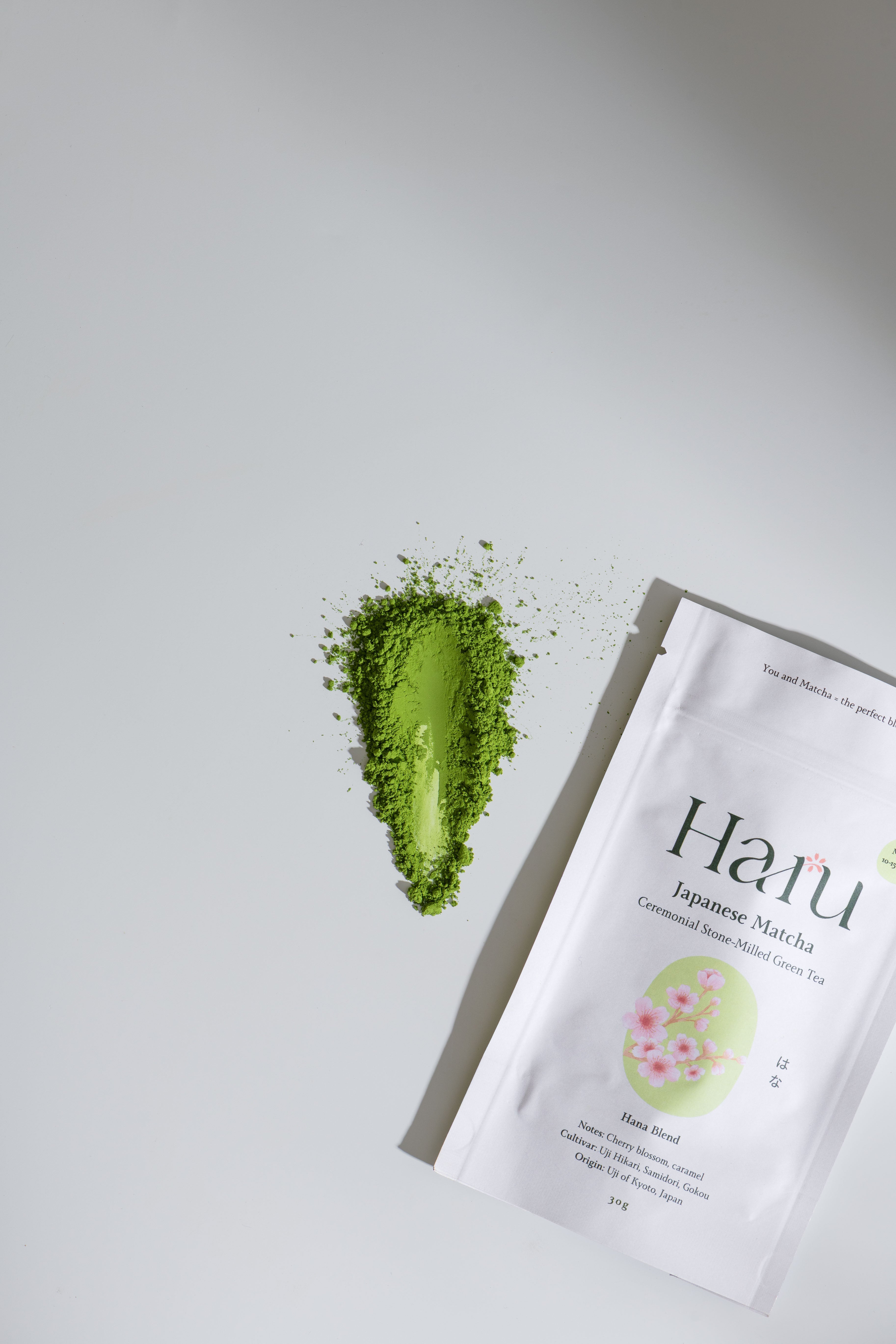In Japan, the cultivation of tea has been a revered art form for centuries. Over time, tea farmers and producers recognised that not all matcha is the same. Natural variations produce leaves with deeper colour, sweeter flavours, or more pronounced umami. This awareness led to the selective cultivation of particular plant strains, eventually known as cultivated varieties or 'cultivars'
Over generations, these carefully cultivated strains were studied, named, and officially registered as tea cultivars. The first widely recognised cultivar was Yabukita, selected in the early 20th century by a tea farmer named Hikosaburo Sugiyama in Shizuoka Prefecture. Its balanced flavour, adaptability, and excellent yield made it so successful that today it accounts for approximately 72% of Japan’s tea production.
Since then, more than 100 registered tea cultivars have been developed in Japan, each bred for specific traits tailored to different climates, harvest seasons, and processing needs especially important for producing high-grade matcha.

Why Cultivars Are So Important for Matcha
Unlike sencha or hojicha, where tea leaves are steeped and discarded, matcha is consumed whole in powdered form. This makes the characteristics of the leaves including their flavour, colour, texture, and aroma so important.
As a result, matcha producers carefully select cultivars to optimise flavours and tasting profiles which they want to see and develop in their matcha.
For example, Asahi is a cultivar highly prized in Uji for their rich umami and silky texture, often reserved for the most exclusive high grade matcha. Others, like Okumidori or Saemidori, offer bright color and mellow sweetness.
The differences in cultivars can be seen right down to the leaf, when we visited Uji the farmer took us through subtle variations in leaf shape which is characteristic of different cultivars.

A Parallel with Wine and Coffee
The importance of cultivars in matcha mirrors what we see in other artisanal products like wine grapes or coffee beans. In winemaking, grape varieties like Pinot Noir or Cabernet Sauvignon shape the flavour, structure, and aging potential of a wine. Likewise, in specialty coffee, cultivars like Bourbon or Geisha dramatically influence aroma, body, and acidity.
Matcha enthusiasts are increasingly exploring different cultivated varieties within matcha because of the impact it has on flavour profiles. A matcha made exclusively from Samidori might offer a creamy, mild sweetness, while one from Okumidori leans toward a fresher, more vegetal brightness.

The Role of Japan’s Tea-Growing Regions
Just as important as the cultivar itself is where its grown. Japan’s tea-growing regions each have distinct climates, soil types, and growing traditions that subtly shape the character of the tea much like terroir in wine.
Some of the most renowned matcha-producing regions include:
Uji (Kyoto Prefecture) — Considered the birthplace of Japanese matcha, Uji is famous for its centuries-old tea fields and high-quality cultivars like Asahi, Samidori, and Uji Hikari. Matcha from Uji is known for its deep umami, vibrant green colour, and refined sweetness.
Shizuoka — Japan’s largest tea-producing area and home to the widely cultivated Yabukita. While it produces less matcha than Uji, Shizuoka’s high mountain fields and clean air contribute to fresh, aromatic teas.
Kagoshima (Kyushu) — A rising star in the matcha world, Kagoshima’s warm climate allows for early harvests and produces matcha with a bright green colour and mellow, sweet flavour. Popular cultivars here include Okumidori and Saemidori.
Each region’s growing conditions influence how a cultivar expresses itself, adding another layer to the flavour, aroma, and texture of matcha.

The future of cultivars
As the global appreciation for high-grade matcha grows, so too does the emphasis on cultivar labelling. As this information allows us to savour matcha on a deep level right down to subtle variations in leaves.
During our workshops we take attendees through the subtle variations in cultivars, exploring how they differ and how you can choose matcha based on your flavour preferences.
Unfortunately, most matcha that is sold gives very little information on where or how it was sourced, that is why we like to provide this information on the front of our pouches so consumers can get a deeper understanding of what they are buying.
No two matcha powders are the same but understanding these intricate information gives us much more information in consuming and enjoying matcha.
At Haru matcha we will continue to curate all our matcha by identifying and showcasing the different cultivars.

